No more celebrity detox fads or complicated supplements. If you want to lose weight at home but feel stuck, here’s the truth:
Your plate is more powerful than your treadmill.
You don’t need a personal trainer, expensive meal plans, or confusing diets. What really works is a simple, healthy food routine that fits your lifestyle — with local, affordable ingredients that help you lose weight without hunger or giving up your favourite foods.
This guide will walk you through the basics of weight loss, explain what a balanced diet really means, highlight foods that help (and foods that don’t), and give you a practical daily plan you can follow right at home.
What Does a Balanced Diet for Weight Loss Actually Mean?
Balanced doesn’t mean eating less — it means eating smart.
To lose weight, you do need to eat fewer calories than you burn (we’ll talk about that soon), but also fuel your body so it burns fat, keeps your muscles, and boosts your metabolism.
The balance is simple:
-
Protein: Builds muscle and burns fat
-
Carbs: Give you energy and keep digestion smooth
-
Fats: Keep you full and help hormones work properly
Add in fibre, vitamins, minerals, and plenty of water, and you’ve got a recipe for fat loss that doesn’t feel like punishment.
Why Home-Cooked, Balanced Meals Work Best
When you cook at home, you control what goes on your plate — how much oil, salt, and portion size.
Plus, you:
-
Save money
-
Eat fresher, more nutritious meals
-
Build habits that last beyond any quick fix
No crazy calorie cuts needed — just eat well and consistently.
The Basics You Need to Know
Weight loss = calorie deficit.
That means eating fewer calories than your body uses. But don’t starve yourself! Eating too little slows your metabolism and can cause muscle loss.
Aim for a moderate calorie cut of about 300–500 fewer calories per day. This helps you lose around 0.5 to 1 kg a week — steady and safe.
How to Calculate Your Calorie Needs (Simplified):
- Maintenance Calories = Weight (kg) × 25
- Weight Loss Calories = Maintenance Calories – 300 to 500
Example:
70 kg × 25 = 1750 kcal (maintenance)
To lose weight: aim for 1250–1450 kcal/day
Protein & Fibre Are Your Best Friends
Most Indian and Pakistani diets don’t get enough protein — and without it, you risk losing muscle instead of fat.
Protein also keeps you feeling full longer.
Fibre helps too by slowing digestion and controlling blood sugar, so you don’t get hangry or snack unnecessarily.
Best Foods to Include in a Balanced Weight Loss Diet
Fibre, on the other hand, keeps you feeling full, supports digestion, and regulates blood sugar levels.
A high-protein + high-fibre combo helps you feel satisfied longer and naturally reduces how much food you eat.
Protein Sources (Veg and Non-Veg Options)
Let’s look at the food groups that should be a regular part of your daily meals — they’re tasty, local, accessible, and budget-friendly.
Veg and Non-Veg Protein Sources
High-satiety lean proteins include:
- Fish
- Chicken breast
- Eggs
Meat alternatives for vegetarians:
- Tofu / Paneer
- Lentils
- Chickpeas
- Moong dal
Dairy sources:
- Greek yogurt
- Low-fat milk (gives you both calcium and protein)
✅ Aim for 60–100g of protein per day (depending on your body weight).
Complex Carbohydrates for Energy
Forget the myth that carbs are bad — your body needs slow-digesting carbs for energy, metabolism, and brain function.
Great carb choices:
- Quinoa
- Oats
- Sweet potatoes
- Rice (preferably brown)
- Whole wheat roti
- Millets (Bajra, Jowar)
Cut out:
Sugary cereals
White bread
Healthy Fats to Burn Fat
Yes, healthy fats help burn fat! They regulate hormones, especially ones related to hunger and metabolism like leptin.
- Nuts and seeds (almonds, chia, flax)
- Avocados, extra virgin olive oil, coconut oil (in moderation)
- Desi ghee in small quantity is fine—don’t fear fat, just portion it.
Fruits and Vegetables for Nutrients & Volume
Coloured vegetables and fruits are packed with antioxidants and fibre and help fill you up — meaning you can eat more but with fewer calories.
Fat-Loss-Friendly Fruits:
- Apples
- Pears
- Papaya
- Oranges
- Watermelon
- Berries
Best Vegetables:
- Spinach
- Cucumbers
- Carrots
- Cabbage
- Tomatoes
✅ Tip: Be sure to eat 3 servings of vegetables and 2 servings of fruits each day.
Water and Herbal Drinks to Support Metabolism
Proper hydration supports detoxification, improves skin, reduces bloating, and helps control hunger.
💧 Aim for 8–10 glasses of water per day.
Supportive Metabolic Drinks:
- Green tea – a natural metabolic enhancer
- Fennel or cumin water – helps reduce bloating
- Lemon water + a pinch of pink salt – a fantastic way to start the day
Drinks to Avoid:
- Soft drinks
- Store-bought fruit juices
- Soda
- Packaged energy drinks
1200–1500 Calorie Balanced Diet Plan (For Weight Loss at Home)
The following is a beginner-friendly diet plan designed to be:
- Low in calories
- Balanced in protein
- Simple to prepare
- Made with home ingredients
You can adjust quantities and swap ingredients as needed based on your preferences and availability — the key is to keep it practical and consistent.
1-Day Balanced Diet Plan for Weight Loss (1300–1400 kcal)
| Time | Meal | Description | Calories |
|---|---|---|---|
| 7:30 AM | Warm lemon water + 5 almonds | Jumpstart metabolism + healthy fats | 50 kcal |
| 8:30 AM | Oats porridge + 1 boiled egg | Fibre, complex carbs + protein | 300 kcal |
| 11:00 AM | Apple or papaya bowl | Mid-morning fruit for antioxidants | 80 kcal |
| 1:30 PM | 1 roti + dal (¾ cup) + cucumber salad | Balanced lunch with protein, fibre, low GI carbs | 350 kcal |
| 4:30 PM | Green tea + roasted chana (30g) | Light, protein-rich snack without sugar crash | 150 kcal |
| 7:00 PM | Vegetable soup + sautéed paneer (100g) | Light, low-carb, high-protein dinner | 350 kcal |
| 9:00 PM | Herbal tea or turmeric milk (½ cup) | Soothing end to the day, supports digestion | 50 kcal |
| Total | 1280–1400 kcal |
You can make your weight loss meal plan even more effective with these small, practical modifications:
- Replace paneer with grilled chicken if you’re a non-vegetarian
- Swap oats occasionally with poha or upma (made with scanty oil)
- Add 1–2 extra egg whites if you feel hungry after breakfast
- Include one cheat meal per week — just balance your meals the rest of the week
Morning Routine to Support Your Diet Plan
The way you start your morning can determine whether fat loss happens or not. Here’s how to build a powerful morning ritual:
Start With Hydration
Start with fluids — a few glasses of water will increase blood flow to your kidneys, improving their efficiency. Your body is dehydrated after hours of sleep.
✅ Hot water mixed with lemon and a couple of soaked almonds supports digestion, reduces water retention, and sets a healthy tone for the day.
Add Gentle Movement
Light activity like stretching, yoga, or even a short walk for 10–15 minutes can jump-start metabolism and improve insulin sensitivity.
Eat Within 1 Hour of Waking
Skipping breakfast often leads to overeating later. Instead, aim to eat within 1 hour of waking up, with a meal that includes protein + fibre + complex carbs.
Examples:
- Oats + banana + an egg
- Upma + curd
- Smoothie with fruit, protein powder, seeds, and milk
Easy Meal Ideas for Lunch and Dinner at Home
When lunch and dinner aren’t satisfying, it’s easy to fall into snacking or junk food traps. The key is to balance protein, fibre, and carbs — while keeping your meals flavourful and aligned with your cultural preferences.
These dishes are tasty, simple, and ideal for weight loss:
Lunch:
-
Lentils + brown rice + cucumber salad
-
Grilled chicken wrap + yogurt
-
Chickpea salad with mint & lemon
Dinner:
-
Veg soup + sautéed paneer
-
Grilled fish + steamed veggies
-
Moong daal pancakes + mint chutney
Smart Snacking Strategies Without Weight Gain

Snacking can help or hurt your weight loss depending on what you choose. The goal is to pick snacks that are low in sugar, high in protein, or fibre-rich to keep you full and energized.
Snacks to Include (100–150 kcal max)
- Boiled eggs
- Roasted chickpeas 30g)
- Low-fat Greek yogurt
- 1 apple + 1 tsp peanut butter
- Hummus with cucumber or carrot sticks
- Small handful of nuts (12 almonds or 6 walnuts)
- Air-popped, butter-free popcorn
- 1 date + 1 cup green tea
Snacks to Avoid (Even If They Seem Healthy)
- High-carb rusks and “diet” biscuits – often loaded with hidden sugars
- Store-bought fruit juices – even “100%” juice can spike your sugar levels
- Potato chips – deep fried and calorie-dense
- Bakery goods – puffs, patties, cakes = fat and sugar bombs
- Flavoured yogurts – often packed with added sugars
- Pre-bottled protein shakes and energy drinks – usually full of additives and empty calories
Healthy Snack Swaps for Weight Loss
| Craving For | Avoid This | Eat This Instead |
|---|---|---|
| Something sweet | Chocolate bar, mithai | 1 date + herbal tea / dark chocolate (80%) |
| Crunchy snack | Potato chips | Roasted makhana or popcorn (plain) |
| Filling beverage | Cold coffee, cola | Chilled green tea or protein smoothie |
| Midday hunger pang | Instant noodles | Moong sprouts chaat or egg toast |
Foods to Limit or Avoid in a Home-Based Diet
Weight loss isn’t about cutting out everything you love — it’s about knowing your weaknesses, identifying what’s slowing your progress, and making those indulgences occasional treats rather than daily habits.
Hidden Calorie Traps
-
Sugar in tea/coffee adds up — try to cut back
-
Be careful with cooking oils and sauces
-
Avoid instant noodles, packaged snacks, and “diet” bars loaded with sugars
Portion Control and Plate Balancing at Home
Even healthy food can lead to weight gain if eaten in large amounts. That’s why portion control and visual balance on your plate matter.
The Hand Portion Method
- Protein (meat, paneer, tofu) = palm size
- Carbs (rice, roti, grains) = cupped hand
- Fats (oil, butter, nuts) = thumb size
- Vegetables = two open hands put together
The Ideal Plate Rule
Fill your plate like this:
- 🥗 50% vegetables
- 🍗 25% protein
- 🍚 25% whole carbs
Use smaller plates, avoid second servings, and eat slowly—your stomach takes 15–20 minutes to tell your brain you’re full.
Weekly Grocery List for a Balanced Weight Loss Diet
The smartest way to stick to your diet? Plan your grocery list ahead of time.
Weekly Weight Loss Grocery Checklist
| Category | Items to Buy |
|---|---|
| Protein | Eggs, chicken breast, paneer, Greek yogurt, lentils, chickpeas, tofu |
| Carbs | Brown rice, rolled oats, whole wheat flour, sweet potatoes, millets |
| Fats | Olive oil, almonds, walnuts, flaxseeds, peanut butter (unsweetened) |
| Fruits | Apples, papaya, banana, oranges, watermelon, berries (if budget allows) |
| Veggies | Spinach, carrots, cucumbers, cabbage, tomatoes, bottle gourd, broccoli |
| Herbs/Extras | Green tea, cumin, ginger, turmeric, lemon, mint, garlic |
Tips to Stay Consistent
Losing weight isn’t just about willpower — it’s about psychology and habit-building. These practical strategies will help you stay committed without feeling burned out or overwhelmed:
- Never skip multiple meals to “save” calories — it often backfires
- Drink a glass of water before each meal
- Keep fruits and cut veggies ready in your fridge
- Avoid eating in bed or in front of the TV — always eat at the table
- If you overeat, don’t panic — just balance your next meal
- Track progress by how your clothes fit, your energy level, and confidence — not just the weighing scale
You Can Lose Weight — And Keep It Off
You don’t need to be perfect or punish yourself for cravings. Losing weight is about small, steady steps — one meal, one day at a time.
With a simple, home-based plan that suits your life, you can lose weight and keep it off.
Start now. You’ve got this.
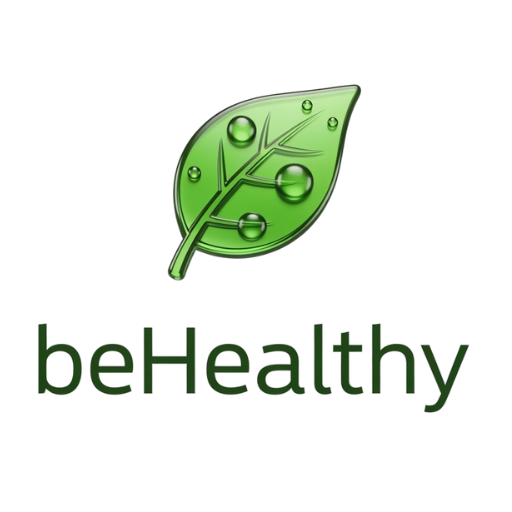
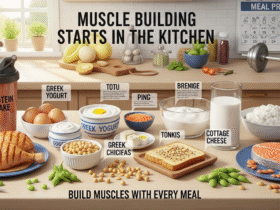
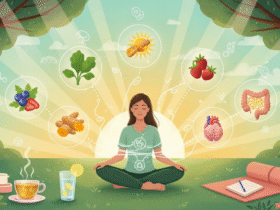

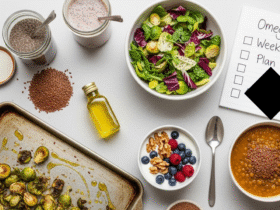
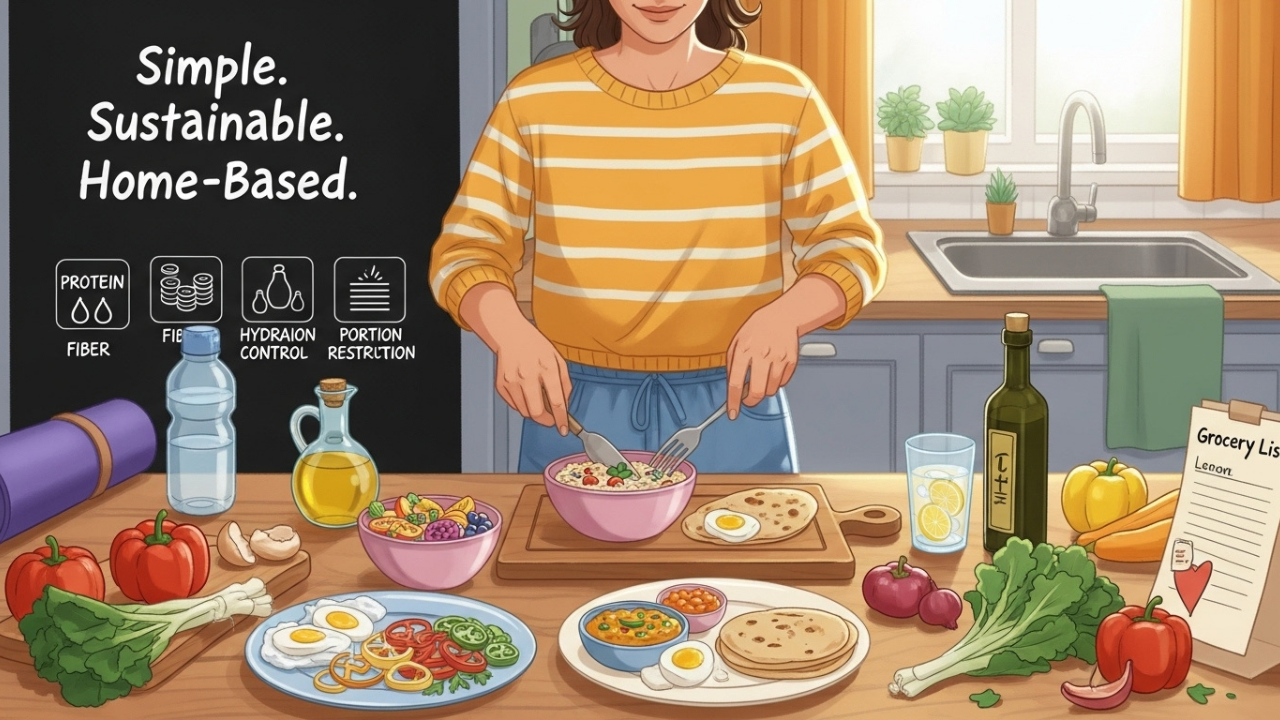
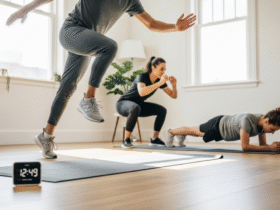

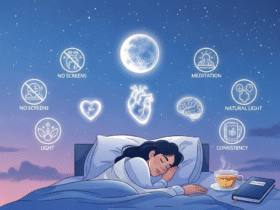
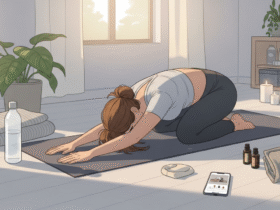
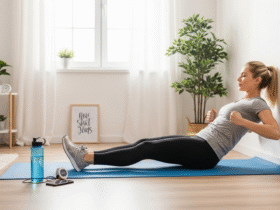
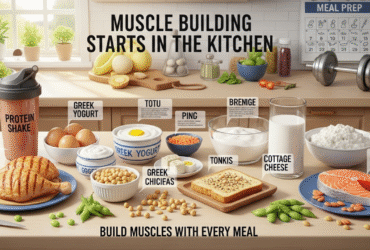
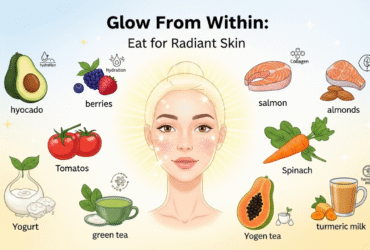
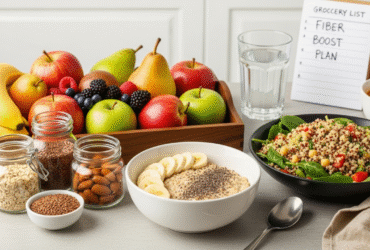
Leave a Reply